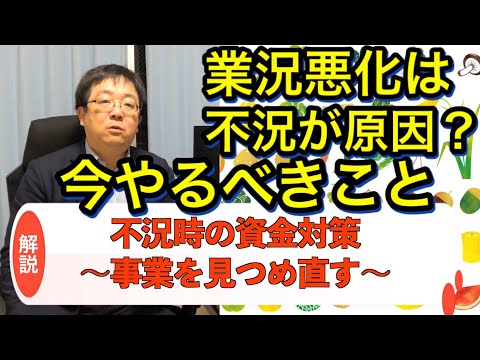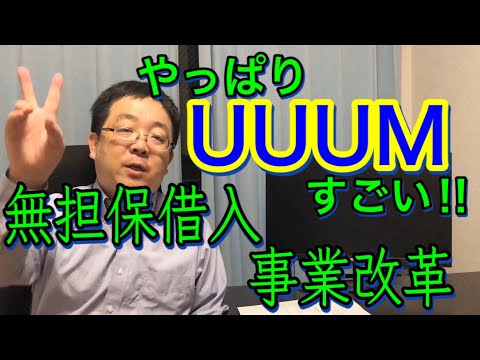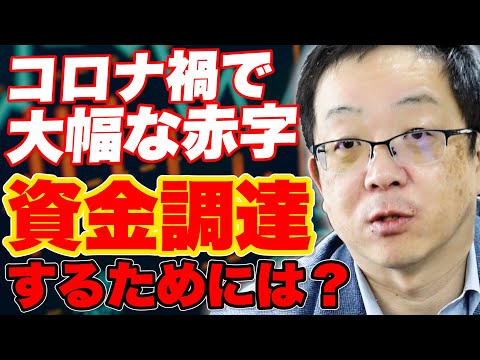It's been ten years since an earthquake of ทดลองเล่นสล็อต magnitude 9.0 and a 46-foot tsunami, killed more than 18,000 people, destroyed the entire city and caused the Fukushima Daiichi nuclear power plant on the east coast. Japan's ruin When the incident happened in March 2011, the power plant released massive amounts of cesium-137 into the surrounding environment (about 80 percent of the material flowed into the Pacific Ocean), and still contained about 30 gigabit K. Cesium-137. Laurel and strontium-90 over the next two years and by 2018, about 2 gigabits of radioactive pollution can still escape the area every day.
As the demolition project, which is expected to take another version to complete, enters the second decade, the Japanese government has continually announced conflicting decisions about wiping out websites. The government reportedly approved a plan to dump more than one million tons (~ 250 million gallons) of seawater treated with an advanced liquid-processing system stored at the Fukushima area into surrounding Japanese waters. The water is stored in 1,000 submerged metal tanks, the size of which are 500 Olympic-sized swimming pools, which have been built over the years as increased storage capacity has become a necessity.
The problem is that the area is running low, so plans to release the treated water gradually diluted into the surrounding seas over the course of 20 to 30 years. What really goes wrong with the plan to release radioactive-contaminated liquid - Even if it has been rigorously purified - into the open ocean? Maybe not as much as we initially feared.The disposal of treated water is an inevitable problem in the decommissioning of the Fukushima Daiichi plant," Prime Minister Yoshihide Suga told reporters during a recent press conference on the operation. According to the proposal, it won't happen for at least two more years. But it has received complaints from both Japan's domestic fisheries and its international neighbors, seeing this decision is outrageous and one that we absolutely cannot accept.
We will protest violently, aid Hiroshi Kishi, president of the Japan Fisheries Federation, in a response statement. A Chinese foreign ministry spokesman further said that after Japanese Deputy Prime Minister Taro Aso insisted that treated water was safe for consumption, "the ocean is not Japan's trash," defiant spokesman Lijian Zhao. That the world has to pay for wastewater treatment Japanese officials said that the water can drink, why not take a sip first. The Japanese government has failed again with the Fukushima people," Greenpeace campaigner Kazue Suzuki said in a statement. It has reduced the radiation risk and turned against strong evidence that there is sufficient storage capacity in the nuclear area and in the surrounding area. Instead of using the best technology to reduce radiation hazards by storing and processing water over the long term, they opted for the cheapest option, dropping water into the Pacific Ocean.
923,513 total views, 1,285 views today














